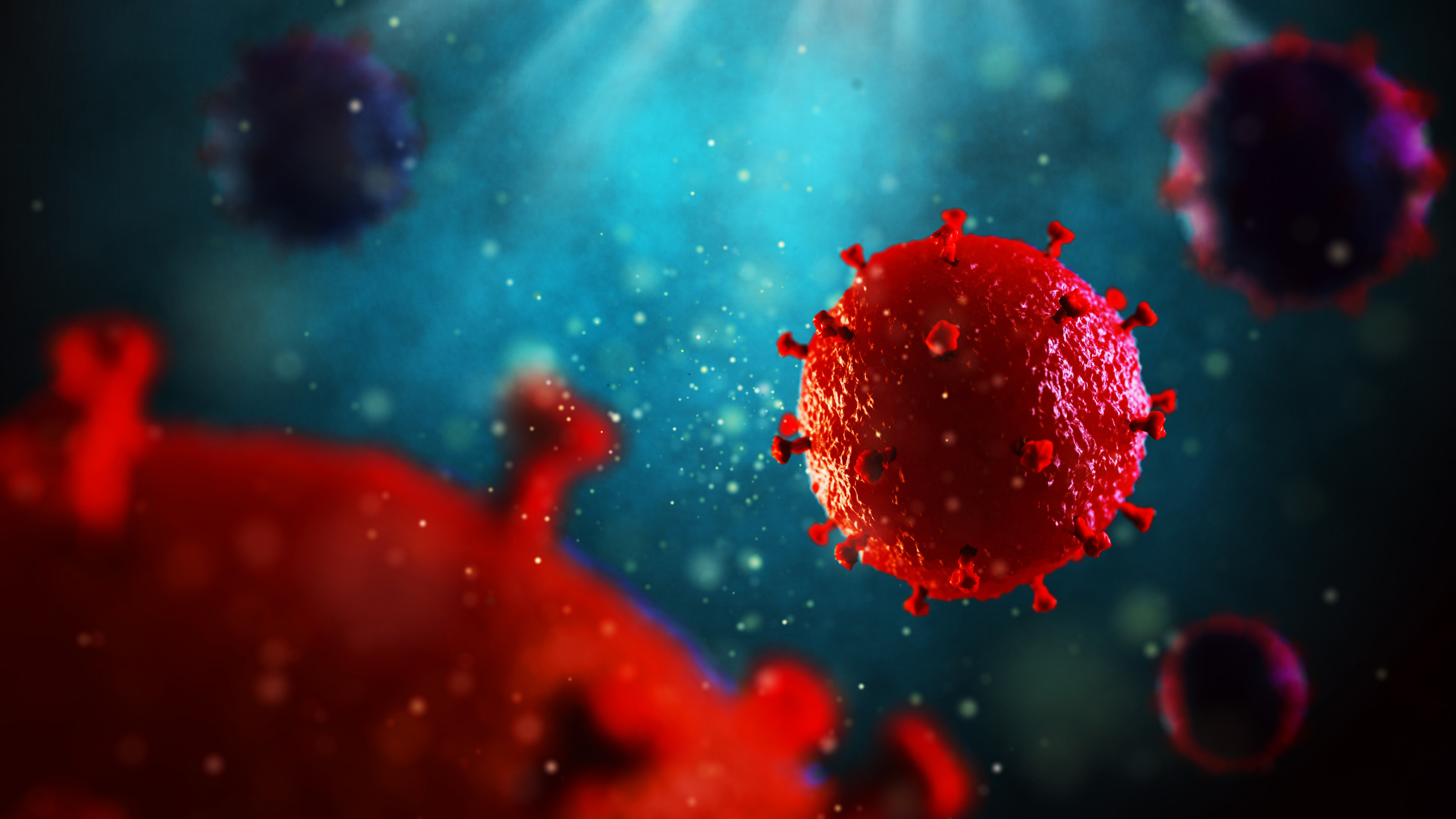New mRNA universal flu vaccine against all known subtypes takes promising first steps

- A universal flu vaccine is considered one of the “holy grails” of public health.
- The candidate vaccine uses mRNA to get the body to produce “immunogens” — an immune response-stimulating molecule — from every influenza subtype currently known.
- The vaccine provides broad protection from a variety of flu viruses in mice and ferrets.
A new mRNA flu vaccine provides “broad protection” from lethal challenges by a variety of flu viruses, researchers have announced.
The animal study, published in Science, represents yet another step towards vaccinology’s holy grail: a universal flu vaccine.
A new mRNA flu vaccine provides “broad protection” from a variety of flu viruses in mice and ferrets, a step towards vaccinology’s holy grail: a universal flu vaccine.
One vaccine that provides protection against a wide array of flu strains could potentially save thousands or, over the long-run, potentially millions of lives. It could take the guesswork out of picking strains for the flu shot, provide longer-lasting protection, and even reduce the risk from a new pandemic flu virus.
“The idea here is to have a vaccine that will give people a baseline level of immune memory to diverse flu strains, so that there will be far less disease and death when the next flu pandemic occurs,” Scott Hensley, professor of microbiology at UPenn’s Perelman School of Medicine and study senior author, said.
Aiming a broadside: The new universal flu vaccine candidate uses the mRNA platform to get the body to produce “immunogens” — an immune-response stimulating molecule — from every influenza subtype currently known.
There are four different types of influenza viruses, named — with refreshing simplicity for these kinds of things — A, B, C, and D. Of those four main types, A and B are known to cause disease in humans, with A viruses in particular having pandemic potential.
After those major groupings, the viruses get broken down more specifically. The A viruses are separated into numerous subtypes based on the spiky proteins on their surfaces, while the B’s get split into two different lineages, B/Victoria and B/Yamagata.
A universal flu vaccine could take the guesswork out of picking strains for the flu shot, provide longer-lasting protection, and even reduce the risk from a new pandemic flu virus, potentially saving millions of lives over the long-run.
The proteins that determine the A subtypes are called neuraminidase (N) and hemagglutinin (HA). Similar to SARS-CoV-2, influenza viruses use these proteins during their replication cycle. To really oversimplify it, the virus uses HA to help get into your cells, and N to help get out.
But even within each subtype, the “head” of the HA protein — a common vaccine target — also mutates. A lot.
Some universal flu vaccines are looking to get around that problem but taking aim at targets on the virus that mutate less, like the “stalk” or the “anchor.” But that approach has some drawbacks, Jennifer Nayak, a University of Rochester researcher who studies the immune response to influenza, told CNN.
There just aren’t too many places shared by multiple strains of viruses, Nayak, who was not involved with the study, said. And they aren’t generally “immunodominant,” or what the immune system really reacts to on the virus.
“Instead of trying to find something that’s shared, let’s just put all of the 20 different HA proteins – let’s put the mRNAs from all of them into this vaccine,” Nayak said. And then let the immune system figure out the best way to deal with them.
Enter mRNA: To build their mRNA vaccine, the researchers first tested all of the different targets individually, CNN reported, making sure each one produced an immune response.
After ensuring they worked individually, they packed them together into one mRNA-delivered package.
In a Science companion piece, University of Saskatchewan researchers Alyson A Kelvin and Darryl Fallzarano noted that mRNA’s flexibility, ability to use multiple targets, and the speed and economics of its production make it a platform suited for pandemics.
The vaccine mRNA platform to get the body to produce “immunogens” — an immune-response stimulating molecule — from every influenza subtype currently known.
“For a conventional vaccine, immunizing against all these subtypes would be a major challenge, but with mRNA technology it’s relatively easy,” Hensley said.
When the team tested their vaccine in mice and ferrets — ferrets being a gold-standard animal model for flu — they found that it created a high level of antibodies, reacting to all 20 subtypes and maintaining antibody levels for four months.
“What we found is that these vaccines elicit very high levels of antibodies against all 20 subtypes,” Hensley told CNN. The vaccine antibodies reacted not only to the head portions of HA, but the stalk as well.
Mice that were given a placebo mRNA vaccine, which carried the code for an enzyme that had nothing to do with the flu, died after being exposed to the flu — a lethal challenge — while vaccinated animals survived their bout with the virus.
The team does not expect their vaccine to completely prevent infection. Instead, it would lay down the groundwork for a quick immune response to a wide array of viruses, reducing the risk of severe infection and death.
While a promising proof-of-concpet, further research will be needed to see if the vaccine works in people.
Next steps: While the results are a promising proof-of-concept, they are also, well… a promising proof-of-concept.
“Impressively the vaccine was able to induce similar immune responses to all 20” HA proteins despite their similarity, Joshua Blight, the CEO and co-founder of antigen-focused biotech Baseimmune, tells Freethink.
But, crucially, mice and ferrets aren’t people — and we’ve yet to see how the vaccine would work in people, Blight adds; humans have preexisting immune memories of different HA subtypes that may interfere with the vaccine response.
The Penn researchers are currently designing human clinical trials.
This article was originally published by our sister site, Freethink.





